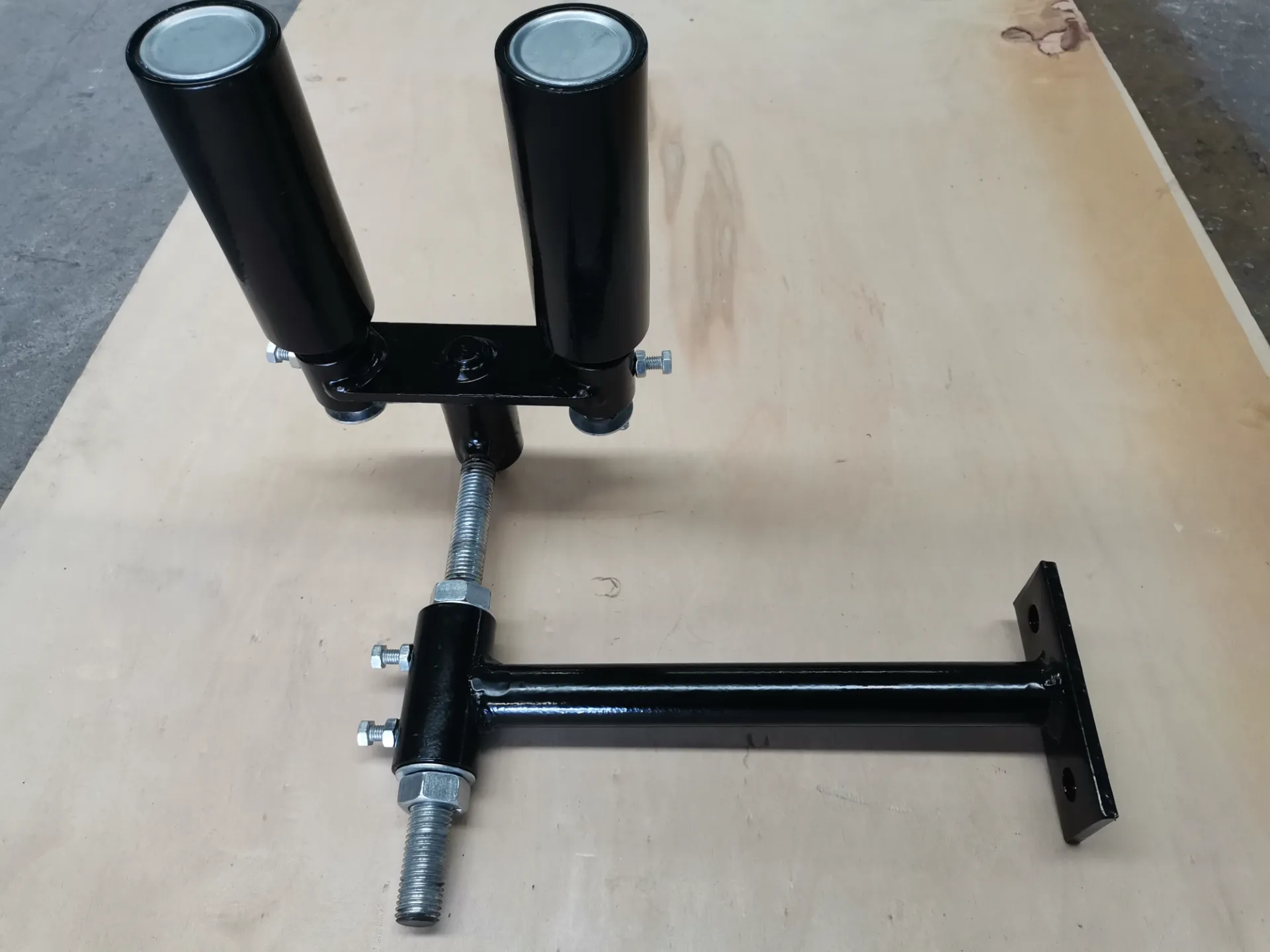 Afrikaans
Afrikaans  Albanian
Albanian  Amharic
Amharic  Arabic
Arabic  Armenian
Armenian  Azerbaijani
Azerbaijani  Basque
Basque  Belarusian
Belarusian  Bengali
Bengali  Bosnian
Bosnian  Bulgarian
Bulgarian  Catalan
Catalan  Cebuano
Cebuano  Corsican
Corsican  Croatian
Croatian  Czech
Czech  Danish
Danish  Dutch
Dutch  English
English  Esperanto
Esperanto  Estonian
Estonian  Finnish
Finnish  French
French  Frisian
Frisian  Galician
Galician  Georgian
Georgian  German
German  Greek
Greek  Gujarati
Gujarati  Haitian Creole
Haitian Creole  hausa
hausa  hawaiian
hawaiian  Hebrew
Hebrew  Hindi
Hindi  Miao
Miao  Hungarian
Hungarian  Icelandic
Icelandic  igbo
igbo  Indonesian
Indonesian  irish
irish  Italian
Italian  Japanese
Japanese  Javanese
Javanese  Kannada
Kannada  kazakh
kazakh  Khmer
Khmer  Rwandese
Rwandese  Korean
Korean  Kurdish
Kurdish  Kyrgyz
Kyrgyz  Lao
Lao  Latin
Latin  Latvian
Latvian  Lithuanian
Lithuanian  Luxembourgish
Luxembourgish  Macedonian
Macedonian  Malgashi
Malgashi  Malay
Malay  Malayalam
Malayalam  Maltese
Maltese  Maori
Maori  Marathi
Marathi  Mongolian
Mongolian  Myanmar
Myanmar  Nepali
Nepali  Norwegian
Norwegian  Norwegian
Norwegian  Occitan
Occitan  Pashto
Pashto  Persian
Persian  Polish
Polish  Portuguese
Portuguese  Punjabi
Punjabi  Romanian
Romanian  Russian
Russian  Samoan
Samoan  Scottish Gaelic
Scottish Gaelic  Serbian
Serbian  Sesotho
Sesotho  Shona
Shona  Sindhi
Sindhi  Sinhala
Sinhala  Slovak
Slovak  Slovenian
Slovenian  Somali
Somali  Spanish
Spanish  Sundanese
Sundanese  Swahili
Swahili  Swedish
Swedish  Tagalog
Tagalog  Tajik
Tajik  Tamil
Tamil  Tatar
Tatar  Telugu
Telugu  Thai
Thai  Turkish
Turkish  Turkmen
Turkmen  Ukrainian
Ukrainian  Urdu
Urdu  Uighur
Uighur  Uzbek
Uzbek  Vietnamese
Vietnamese  Welsh
Welsh  Bantu
Bantu  Yiddish
Yiddish  Yoruba
Yoruba  Zulu
Zulu guide roller
The Importance of Guide Rollers in Industrial Applications
Guide rollers play a crucial role in various industrial applications, particularly in the fields of manufacturing, packaging, and material handling. These specialized rollers are designed to support and guide materials, ensuring smooth and efficient operation of production lines. This article explores the significance, types, and benefits of guide rollers in different sectors.
What are Guide Rollers?
Guide rollers are cylindrical components that serve as support and directional aids for various materials throughout the production process. They are typically made from durable materials such as steel, plastic, or rubber, providing the necessary strength and resilience to withstand the demands of industrial environments. By minimizing friction and wear, guide rollers facilitate easy movement of heavy items and enhance the overall efficiency of machinery.
Types of Guide Rollers
Guide rollers come in several varieties, each designed for specific applications
1. Flat Guide Rollers These are primarily used in conveyor systems to guide flat materials, ensuring they move in a controlled manner along the system.
2. Tapered Guide Rollers These rollers are designed with a tapered shape, allowing for better alignment and guiding of materials, especially in dynamic environments.
3. V-Groove Guide Rollers These rollers feature a V-shaped groove that helps in stabilizing and guiding materials with edges or corners, making them ideal for handling sheets and plates.
4. Heavy-Duty Guide Rollers Built to support substantial weights, these rollers are often used in construction and heavy manufacturing industries to handle bulky products and materials.
guide roller

Benefits of Using Guide Rollers
The implementation of guide rollers in industrial processes yields numerous benefits, including
1. Increased Efficiency By ensuring smooth movement and reducing friction, guide rollers enhance the efficiency of production lines, leading to faster throughput and reduced downtime.
2. Improved Safety Guide rollers help stabilize materials, minimizing the risk of mishaps or accidents during handling. They provide a safety net that reduces the likelihood of materials slipping or falling.
3. Reduced Wear and Tear The use of guide rollers significantly decreases the wear on both the materials being handled and the equipment. This can lead to lower maintenance costs and prolong the lifespan of machinery.
4. Versatile Applications Guide rollers are adaptable and can be utilized in high-speed assembly lines, packaging machines, and even in areas requiring precise positioning of products.
5. Cost-Effectiveness By enhancing operational efficiency and reducing maintenance needs, guide rollers can contribute to lower overall production costs, making them a wise investment for businesses.
Conclusion
In conclusion, guide rollers are indispensable components in various industrial applications. Their ability to aid in the smooth movement and alignment of materials significantly enhances operational efficiency and safety. As industries continue to evolve, the technology and design of guide rollers will undoubtedly advance, incorporating innovations that further improve their functionality and effectiveness. Investing in high-quality guide rollers is not only beneficial in the short term but also enhances long-term operational success, making them a key player in the realm of industrial manufacturing.
-
Revolutionizing Conveyor Reliability with Advanced Rubber Lagging PulleysNewsJul.22,2025
-
Powering Precision and Durability with Expert Manufacturers of Conveyor ComponentsNewsJul.22,2025
-
Optimizing Conveyor Systems with Advanced Conveyor AccessoriesNewsJul.22,2025
-
Maximize Conveyor Efficiency with Quality Conveyor Idler PulleysNewsJul.22,2025
-
Future-Proof Your Conveyor System with High-Performance Polyurethane RollerNewsJul.22,2025
-
Driving Efficiency Forward with Quality Idlers and RollersNewsJul.22,2025





























